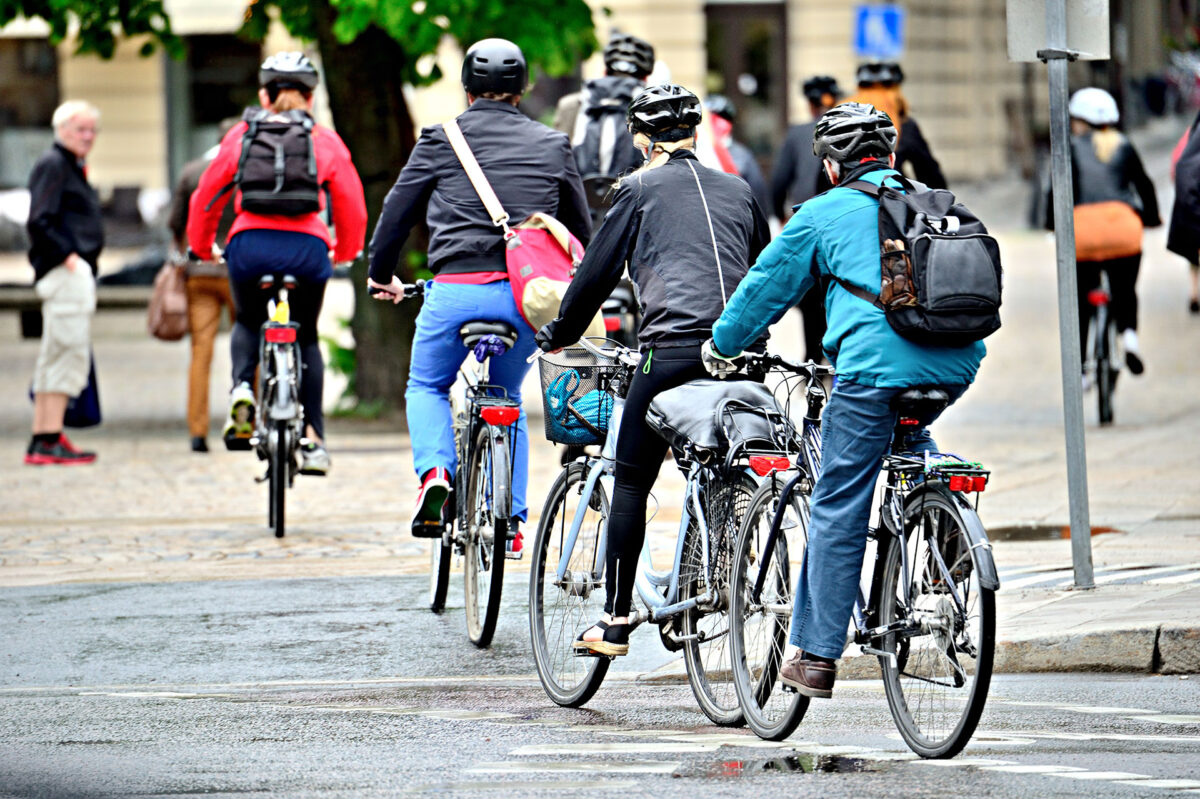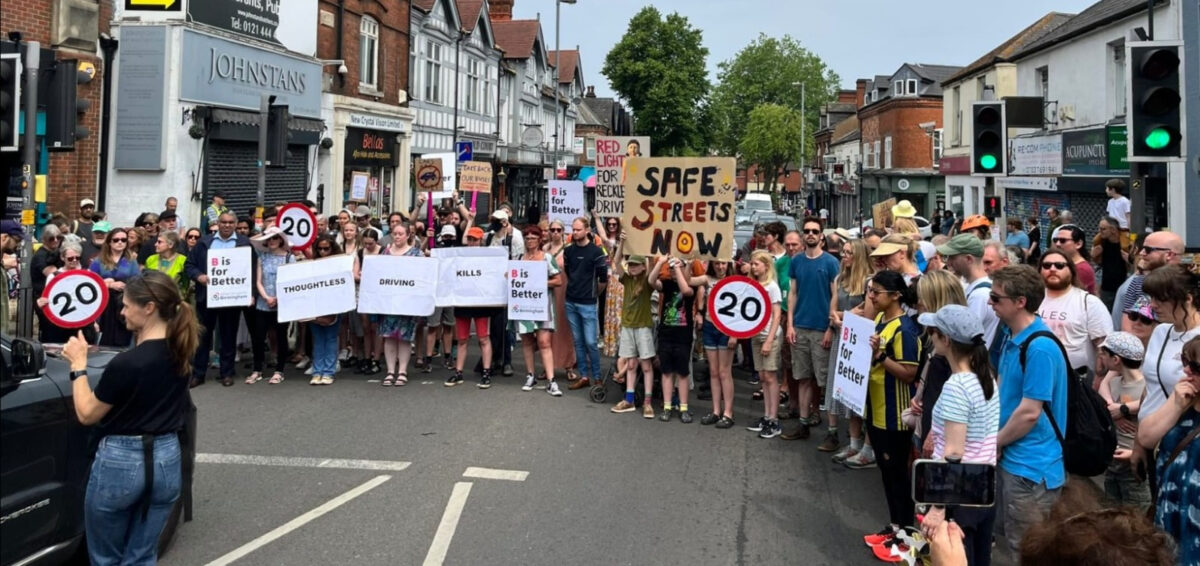There’s no better feeling than riding a bike on a nice warm summer’s day. Wind in the hair, the quiet whirring of the gears. Simple, environmentally friendly, and reasonably inexpensive, let alone the added health benefits: cycling seems like the logical mode of transport for the city traveller. And for many in Birmingham, it is.
There’s just one problem. Far too much of the city is neither a friendly nor a safe place to cycle. According to the West Midlands Combined Authority, region’s cycle network contains “over 342 miles of canal towpath, greenways, and National Cycle Network including multiple on-road segregated cycle paths.” Much of this, however, is along very narrow canal towpaths, where cyclists jostle for space with dog-walkers and joggers. Other parts are signposted, non-segregated cycle paths on busy roads, posing a danger to those who choose to head out on their bikes.
The 2023 Walking and Cycling Index, a survey conducted by the charity Sustrans, found that only 12% of people in Birmingham cycle at least once a week. The feeling that cycling might be dangerous is a big part of the problem. A city council road safety scrutiny report from December 2024 found that 61% of people felt unsafe when cycling in the city.
That fear is not without reason.
In 2023, 91 cyclists were killed across the UK, according to Government data. The West Midlands, in particular, is a hotbed for major road collisions involving cyclists. In July, a 52-year-old man was killed in Edgbaston after a collision with a lorry. His death sparked protests and a solidarity ride, co-ordinated by the campaign group Better Streets for Birmingham.
It’s not only fatalities that affect long-term confidence in safety on the roads, either. There were more than 15,000 cycling casualties reported nationally in 2023. One cycling commuter, Jacob, told me that a collision with a car about five months ago had left him with a broken collarbone. “I’m now apprehensive about cycling in the city,” he told me, adding that “drivers in Birmingham don’t respect cyclists which makes it even more dangerous for us.”

